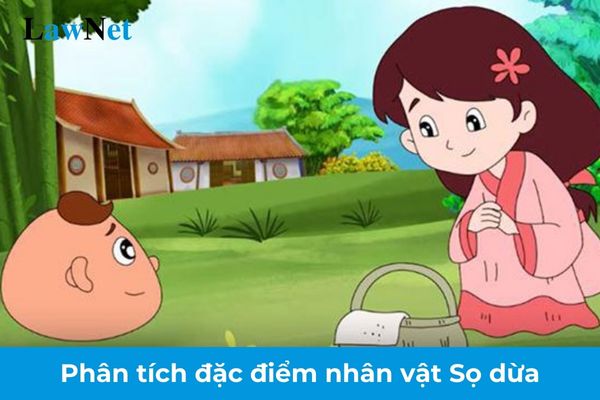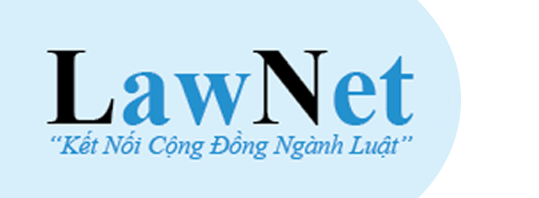Vietnam: What are the sample essays on the analysis of the characteristics of the character So Dua? What is the minimum number of literary texts to be additionally read by 6th-grade students?
What are the sample essays on the analysis of the characteristics of the character So Dua for 6th-grade students in Vietnam?
The character So Dua in the folk tale of the same name is a unique figure and bears profound meanings about human values and life philosophy in Vietnamese folklore. To analyze the characteristics of the character So Dua, one must focus on the physical traits, qualities, and significance of the character in the work.
Students may refer to the following sample essays on the analysis of the characteristics of the character So Dua:
Sample 1:
| In the treasure trove of Vietnamese folklore, there are many meaningful fairy tales, but the story "Sọ Dừa" is one that leaves a strong impression on me. So Dua is a type of imaginative character, not uncommon in Vietnamese literature. We can see many similar characters such as Frog Prince and Prince Toad, among others. Characters in disguise often have ugly appearances, sometimes frightening others, but inside, they are intelligent, kind, generous, and warm-hearted. So Dua combines the ordinary with the extraordinary. This character is born into a poor family, but the way So Dua came into the world is very special. His mother went into the forest to gather firewood and, being thirsty, drank water from a coconut shell. After that, she became pregnant, and shortly after, So Dua was born. The whole process of pregnancy and So Dua's shape were strange. He had no legs, no arms, just a round coconut head, causing fear in anyone who saw him. This oddity foretold extraordinary things about the character from the beginning. Despite having an ugly and unusual appearance, beneath So Dua lies a handsome and talented person. He underwent many challenges to prove his abilities and qualities. In his job as a herdsman, So Dua always worked hard, whether it was sunny or rainy, ensuring that the herd was well-fed. So Dua worked diligently, using his abilities to dispel the doubts of his mother and the landlord, who constantly thought that So Dua was unremarkable, unable to accomplish anything. In the second challenge, So Dua asked to marry the landlord’s daughter. On the wedding day, everyone was surprised to see everything had been meticulously prepared, and So Dua had become a handsome man. He was also intelligent, dedicating himself to his studies and becoming the top-ranking scholar. Through the construction of a character with an opposition between external form and inner beauty, the folk author affirmed that inner beauty is what truly matters. This precisely reflects the nation's viewpoint: "Better wood than lacquered wood". In the story, accompanying So Dua is the youngest daughter of the landlord. She is a symbol of goodness. She happily brings food to So Dua, falls in love with the gentle, talented young man, does not mind his poor family background, and agrees to marry him. She was made Lord Consort, was harmed by evil forces but ultimately had a happy ending. Through this, the people want to honor compassion for those who bear many disadvantages and misfortunes in society. It affirms that inner qualities are valuable and must be esteemed over outward appearance. Every folk tale is a story that expresses the wishes and aspirations of the people about life. The aspirations and hopes for a fair, peaceful life are entrusted by the working people through each character. An ugly person with a pure, good heart will encounter much good, while the wicked are punished, and the greedy end up with nothing. |
Sample 2:
| In the treasure trove of Vietnamese fairy tales, there are innumerable unique, emotional, and profound folk stories, notably the story "Sọ Dừa" - a story not only full of mystical and mysterious details but also laden with life lessons, especially about the dreams of poor farmers. The appearance of So Dua is described in a mystical and magical way with creative details. One day, a childless mother, after a hard day in the fields and being thirsty, drank from a coconut shell. Strangely, she then became pregnant and gave birth to a boy without legs or arms, just a head resembling a coconut shell, named So Dua. Despite facing difficulties as he grew up, So Dua's love and filial piety towards his mother became important motivation. Although So Dua's appearance is not attractive, he is very agile and nimble. When So Dua decided to work for the landlord, the landlord initially refused, but then realized that So Dua could help save food costs and decided to accept him. So Dua looked after the cows daily, letting them graze far afield, and they became fat and healthy. The landlord increasingly trusted So Dua's ability and agility. In the landlord's house, there were three daughters, but only the youngest was gentle and virtuous, always willing to bring meals to So Dua. Through this, the youngest daughter discovered the secret that So Dua was not only a dedicated person but also had a special talent for playing the flute. So Dua expressed a desire to marry the landlord’s daughter. When So Dua’s mother spoke of her son’s feelings, the landlord did not refuse but proposed a condition: if So Dua could bring many gifts of gold, silver, and jewels, he would consent to the marriage. So Dua, although having descended from the heavens to test the people, still could transform gold and silver into gifts. The landlord's two elder daughters, upon seeing So Dua's strange and unattractive appearance, shook their heads in disapproval. Only the youngest agreed. But when So Dua returned in the form of an excellent and intelligent young man, he built a lavish house with many servants, causing the two elder sisters to regret and envy the youngest. The character So Dua, with an unusual appearance, essentially represents human compassion and love for those who are unfortunate from birth. The story also emphasizes that people should not only be judged based on appearance but also on inner qualities and virtues. So Dua’s excellence lies not just in appearance but in his talent and intellect. So Dua represents pure, selfless love and loyalty. This story conveys that, with deep love, people can overcome all difficulties. That is the message that the people want to send through So Dua's actions. |
Note: Content is for reference only.

What are the sample essays on the analysis of the characteristics of the character So Dua? What is the minimum number of literary texts to be additionally read by 6th-grade students in Vietnam? (Image from the Internet)
What is the minimum number of literary texts to be additionally read by 6th-grade students in Vietnam?
Under Section 5 of the General Education Program for Literature issued with Circular 32/2018/TT-BGDDT on the requirements for extended reading for 6th-grade students:
Extended Reading
- In one academic year, read at least 35 literary texts (including works directed to read online) that are of similar genre and length to the texts studied.
- Memorize several poetry excerpts or favorite poems from the program.
...
Therefore, in one academic year, 6th-grade students must additionally read at least 35 literature texts(including works directed to read online) that are of similar genre and length to the texts studied.
What are the outcomes required for 6th-grade students in Vietnam regarding the reading comprehension of literary texts' content?
Under Section 5 of the General Education Program for Literature issued with Circular 32/2018/TT-BGDDT, the outcomes required for 6th-grade students regarding the reading comprehension of literary texts' content are as follows:
- State the overall impression of the text; identify representative details, topics, stories, and characters in the entirety of the work.
- Recognize the theme of the text.
- Identify the feelings and emotions of the writer expressed through the text's language.
- Summarize the text concisely.

